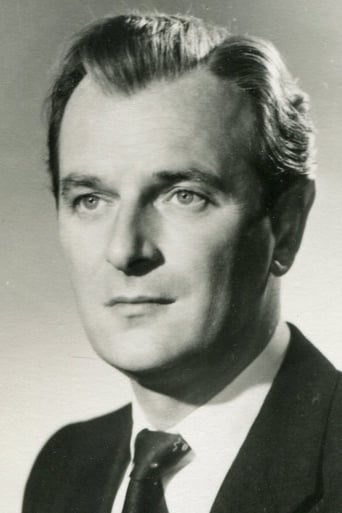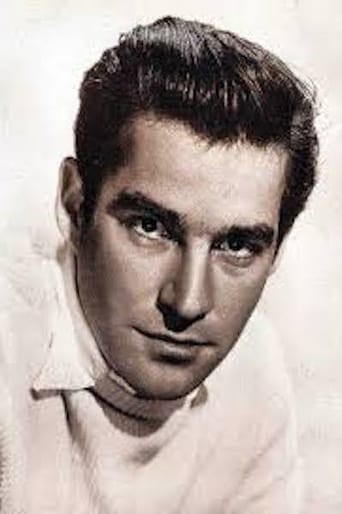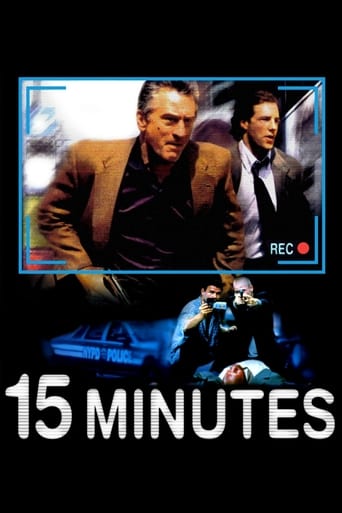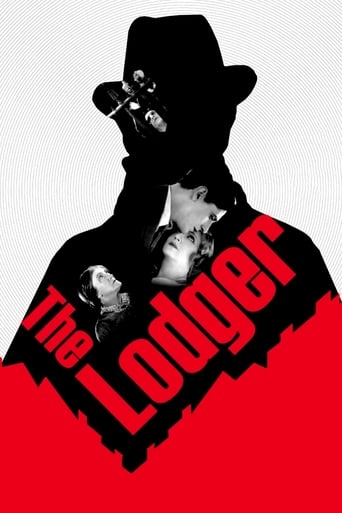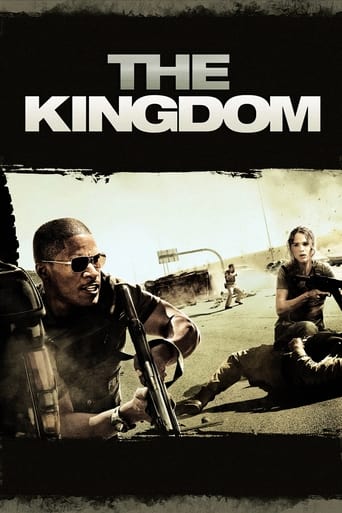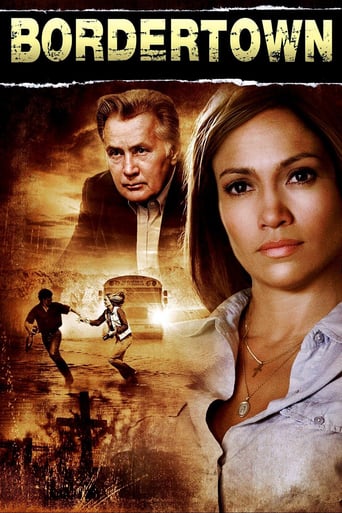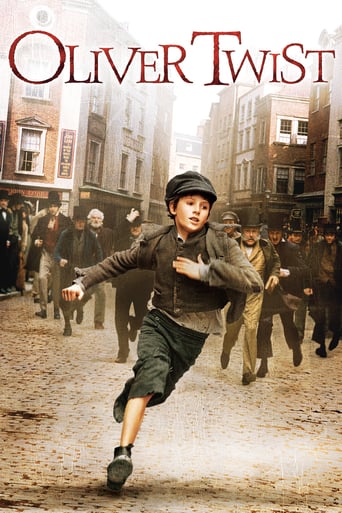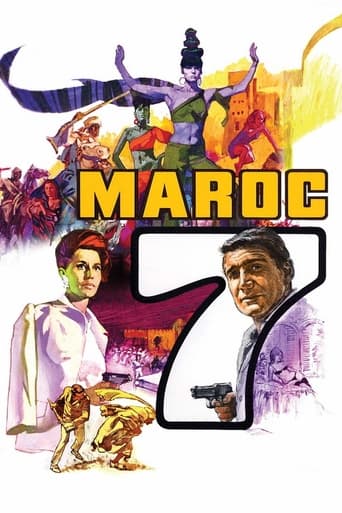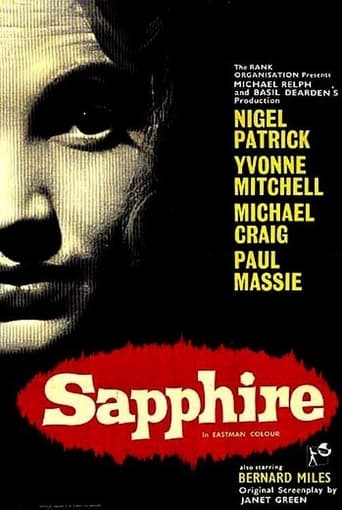

Sapphire (1959)
Two Scotland Yard detectives investigate the murder of a young woman of mixed race who had been passing for white. As they interview a spate of suspects -- including the girl's white boyfriend and his disapproving parents -- the detectives wade through a stubbornly entrenched sludge of racism and bigotry.
Watch Trailer
Cast
Similar titles
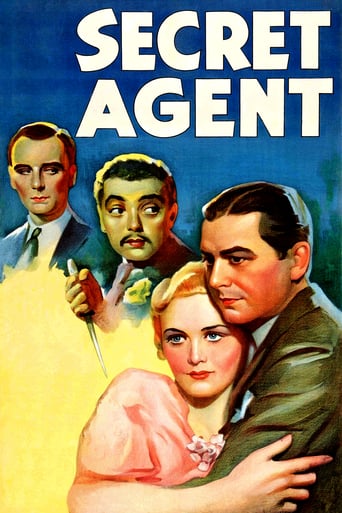
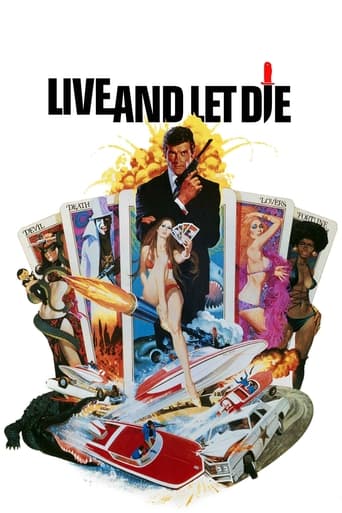
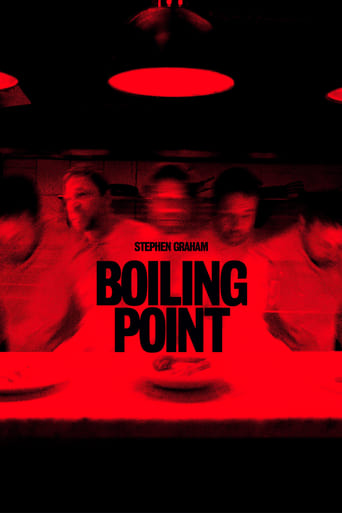
Reviews
Surprisingly incoherent and boring
There is, somehow, an interesting story here, as well as some good acting. There are also some good scenes
It is encouraging that the film ends so strongly.Otherwise, it wouldn't have been a particularly memorable film
Blistering performances.
What should had been a routine murder mystery set in late 1950s London takes a more heated dimension under the hands of director Basil Dearden who introduces for the time the subject of race relations. London had race riots the year before this film was released.The film opens with the body of a white woman being found, Sapphire. Detectives Robert Hazard (Nigel Patrick) and Phil Learoyd (Michael Craig) investigate the case. They then meet her brother who has come down from Birmingham, Dr Robbins (Earl Cameron) who is black. Hazard assumes Sapphire was his half sister. Dr Robbins tells him that one parent was white the other black. Sapphire was pale enough to pass as white, he came out as more darker. When Learoyd sees him we can tell he does not like black people.Sapphire's boyfriend David Harris (Paul Massie) becomes a suspect, until just before her death he and his family did not know she was coloured and it turns out she was also pregnant.The film does not pull many punches regarding pervading prejudice of the time. Basil Dearden made a name for tackling difficult subjects, he would later make the film, 'Vicitm' that dealt with homosexuality. It is also an effective thriller although you do pick up enough clues to figure out who the killer is.
Basil Dearden directed some dandy films--and a set of them are available through Criterion and frankly, all are quite impressive. With films like "Victim", "The League of Gentlemen" and "Sapphire", it's one of the best collections I've seen from this company.The film begins with the discovery of a dead woman in the park. However, this turns out to be anything but a routine case when the police investigate. First, it turns out the lady was pregnant. Second, it turns out that although she appeared quite Caucasian, she was black and posing as a white woman. While this sort of plot might seem pretty routine today, back in 1959 it was absolutely daring--and the sort of picture Hollywood NEVER would have done. I not only appreciate the daring subject matter, but also the amazingly unflinching way it approached racism. In fact, I am not even sure that they could make a movie like this today--given the bluntness of the language--but that is what makes this movie great. Racism IS horrible and the language they use make it seem horrible.The bottom line is that the film is amazingly good. The film is free of clichés and is very well written. I also appreciate the wonderful job Nigel Patrick did in playing the chief inspector--one of the only seemingly sane people in the film! Well worth seeing and amazingly brave. It's not surprising then that the film won the BAFTA (sort of like the British version of the Oscar) for Best Picture.
So far during this year's Black History Month, I've been reviewing American films. What I'm commenting on now took place and was filmed in Britain. In this one, a Sapphire Robbins (Yvonne Buckingham) is found dead at Hampstead Heath. Superintendent Robert Hazard (Nigel Patrick) and partner Inspector Phil Learoyd (Michael Craig) investigate who done it. Her boyfriend David Harris (Paul Massie) and brother, a Dr. Robbins (Earl Cameron) are also interested though the former has his own secrets to hide along with his sister Mildred (Yvonne Mitchell) and possibly their parents (Bernard Miles and Olga Lindo). By the way, since the doctor has dark skin and his late sister is light, there's also a racial aspect involved...When I first watched this on American Movie Classics back in the mid '80s (by the way, this was the first I actually watched on that channel), it was intriguing enough for me that I would have loved to have seen it again much sooner than just now on YouTube if I had the chance. Now that I indeed have, it's even more compelling as both a mystery and pretty intense drama on the social tensions that I'm sure were very prevalent during that time in England. Especially considering the way characters of both races reveal their prejudices in both subtle and blatant ways. And besides Cameron, other people of color worth noting that appeared here include Gordon Heath as Paul Slade, Harry Gaird as Johnnie Fiddle (who is identified among other Johnnys at a bar), Orlando Martins as a barman, and Robert Adams as Horace Big Cigar. Really, this was a fine British drama that greatly tackled the way prejudices of most kinds were displayed there. P.S. I didn't know about the stereotype of cops having big feet there. Sure beats the one about donuts here!
When a young woman's body is discovered on London's Hampstead Heath, the ensuing investigation quickly focuses on racial bigotry and hatred in 1950s Britain, exposing the prejudice amongst those under investigation AND those investigating.Like so many other films from the 1940s and 1950s, Sapphire is yet another piece of groundbreaking British cinema now long forgotten. A little clunky and overly reliant on stereotyping by today's standards, but still a fascinating exploration of the fears and struggles inherent in a newly mixed-race society. Dearden has brought together an interesting cast here, cleverly giving matinée idol Craig a fairly unsympathetic role as a racist police officer, and being superbly served by Mitchell - her final scene is at once both compelling and distressing. Too many British cinema actors of the 40's and 50's have now been forgotten, and Mitchell is a prime example of why individual and collective reappraisals and retrospectives are long overdue.Interesting companion piece to 1961's Flame In The Streets, then, and definitely worth catching if you can.
